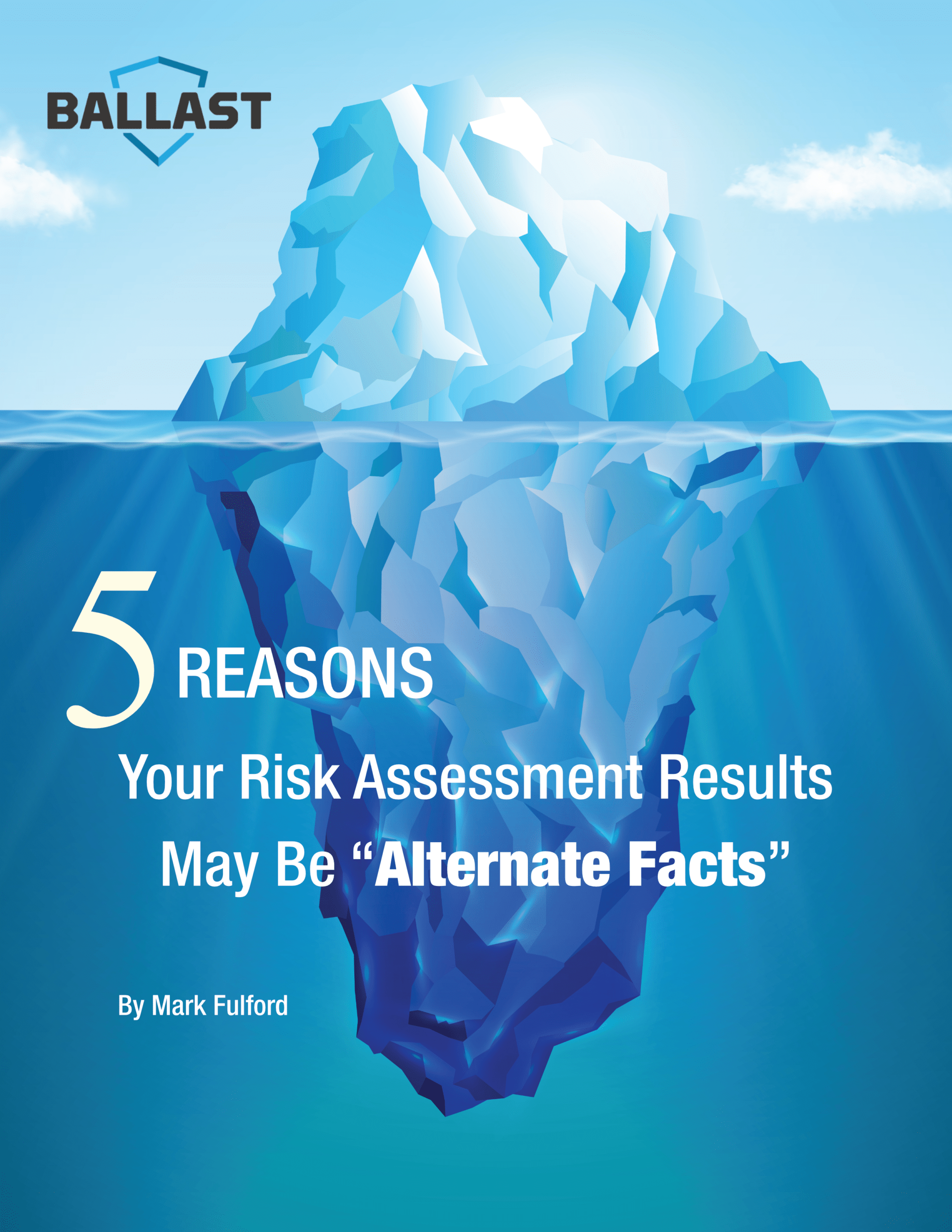As a risk or security leader, do you ever get the feeling you are not getting an accurate representation of the facts when you poll organizational stakeholders on cyber security risks? We recently had a conversation with a CISO that was a bit shocked to find out how many of their business units reported being in near 100% compliance with a well-known cyber security framework when the C-level executive knew for a fact, that was not the case.
So, why do people often provide “alternate facts” when responding to cyber security risk assessments? Mark Fulford, Shareholder in the Risk Services division at LBMC and co-founder of BALLAST, shares his insights on common pitfalls in setting organizational tone for risk assessments in his guide: 5 Reasons Your Risk Assessment Results May Be “Alternate Facts.” Take the first step to achieving more accurate results from the risk assessment process, by completing the form below to download your free guide today!




